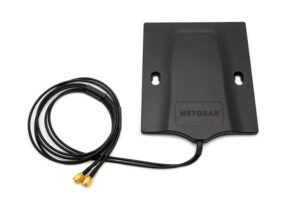
The Netgear MIMO Antenna uses a proven antenna design that is ideal for signal enhancing in your mobile internet arsenal. Their antenna is easy to use with any cellular mobile hotspot device that has SMA or TS-9 antenna ports- like Jetpacks and MiFis - or even a cellular router. It is also small and portable - features important for RVers and boaters.
It's mainly designed for mobile hotspots with 2x2 MIMO, but a pair of these antennas can provide 4x4 MIMO.
The Netgear MIMO antenna has two models:
- Model 6000451 was released in March 2022 and available in North America in September 2022 **Top Pick**
- Model 6000450 discontinued. This former Top Pick has TS-9 connectors and can still be found at some retailers.
The 6000451 (5G Model) version has the same form factor as the -450, but supports sub-6Ghz 5G frequencies and utilizes SMA connectors instead of TS-9. It also comes with SMA-to-TS-9 adapters, which can be used with devices with TS-9 ports (like the -450).
These antennas are portable, rated for indoor or outdoor use, and no installation is required.
MIMO (Multiple In Multiple Out) is the use of more than one antenna to increase signal performance. All LTE and 5G devices have at least two antennas to take advantage of this technology. This antenna is designed with two antennas inside its panel case.
Simply mount it with the included suction cups to a window most closely facing the cellular tower you're connected to, or use the clips (included) to attach to the back of a laptop screen. No tricky roof or pole mounting installation is needed.
After that, plug in the two connectors to your hotspot or router's antenna ports.
Netgear 5G MIMO Antenna Specifications
- Model: 6000451
- Form Factor: Panel
- Direction: Directional
- # of Antenna Elements: 2x2 MIMO
- Frequency Range: 600MHZ - 5925 MHz
- Impedance: Not Specified
- Cable Type & Length: 40" long cable
- Connector: 2x SMA connectors (includes SMA-TS-9 adapters)
- Dimensions (H x L x W): 4.7 x 6.3 x 0.2 inches
- Weight: Not Specified
- Mounting Options: Includes clips & suction cups
- Outdoor Rated: Yes
- Frequency Range/Gain: 2.5 dBi
- Special Features/Notes: Not Specified
- Retail Price: $54.99
News, Videos, & Status
Video Overview
Testing Overview
We purchased the original 6000450 antenna on Amazon and have had it in multiple field testing rounds - it is a staff favorite for its performance, price point, and ease of use. The 5G version is also very popular with our staff and has performed well in testing and routine use, earning our Top Pick status.
For anyone with a mobile hotspot device with two antenna ports, either antenna is a no-brainer option to have onboard as part of your signal-enhancing arsenal.
Our members have access to our full Field Testing Results, and this antenna is specifically included in these rounds:
- Andy's Antenna Lab (Spring 2021 - Ongoing)
- Mobile Hotspot & TS9 MIMO, Puma 401 vs Mobile Mark, Peplink Router/Modems (Summer 2020)
- Cellular Signal MIMO Antenna Field Testing – (Spring 2019)
- Cellular Signal Field Testing – SureCall Fusion2Go 3.0 | weBoost 4G-X OTR | weBoost 4G-M | HiBoost OTR | MIMO Antennas (Late 2018)
- Cellular Signal Field Testing – SureCall Fusion2Go 3.0 | weBoost Connect RV 65 | HiBoost OTR | MIMO Antennas (2nd Quarter 2018)
- Cellular Signal & Embedded Router Field Testing – IBR900 | MAX-BR1 | Drive Sleek | MIMO Antennas (1st Quarter 2018)
- Cellular Equipment Field Testing Results – Netgear Modems / USB730 (Late 2017)
- Cellular Signal Enhancing Field Testing Results (2nd Quarter 2017)
The new 5g version became available in North America in September 2022, and is part of our long-term testing program. Members can follow along in our Testing Forum:
News Stories:
Alternatives to Consider
For other popular cellular antennas on the market we are tracking - here are our featured options:
This Review Contains Additional Member Exclusive Content!
We are Honored to be Member Funded! No ads, no sponsors, no selling (but may contain affiliate links)
Our members fund our in-depth independent reviews.
This entry may contain additional member exclusive content such as testing notes, field testing data, user interface tours, comparisons to alternatives, analysis, tips, videos and discounts.
Members also get interactive guidance, alerts, classroom and more.
Other Ways to Support Our Work At MIRC
Member Exclusive Content Below
- Thoughts & Analysis - Favorite Features and Potential Downsides
- Deep Dive
- Hardware Notes
- Testing Notes
- MIMO Considerations
- Alternatives
- Retired Models
- Summary
Purchasing Options
Purchasing Links & Disclaimer
We don't sell stuff, we are primarily member funded. Some links below may be affiliate links (see our disclaimer), which also helps fund MIRC.
The vendors displayed below provide larger discounts to our MIAs that we have negotiated instead of displaying affiliate links while they are logged in.
MIA Discounts - Learn & Save!
Our Mobile Internet Aficionados (MIA) get special discounts from the below vendors. Members please check for discount codes before ordering. With savings up to 11% off, you could save more than your membership cost!
Model 6000451 (5G version):
Cellular antennas can be a vital part of your signal enhancing strategy to get a better signal, and thus better cellular data performance. They come in many shapes, sizes and varieties.
They can be used directly connected to your mobile hotspots or cellular embedded routers, or they might connect to your cellular booster. They come in omni-directional vs directional, single vs MIMO, and might support different frequency bands. They come in combination antennas with Wi-Fi and GPS.
But most importantly, is your installation options on your RV or boat.
So before choosing an antenna, be sure to understand all of these variables - and keep in mind that there likely isn't a single 'one size fits all' solution here. You may need to make compromises, or even have speciality antennas for challenging signal areas.
We recommend starting with our Guide to Selecting Antennas, and then moving on to our other guides addressing related topics:
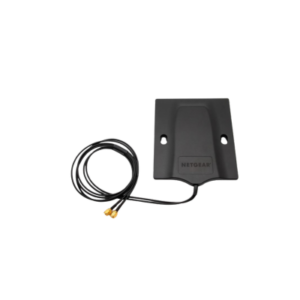
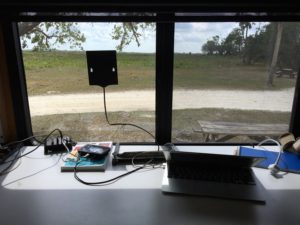
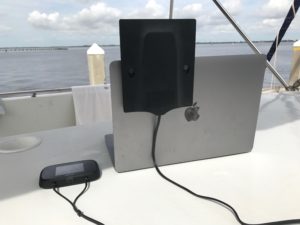
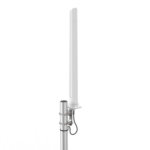
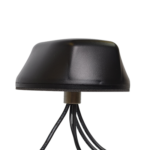

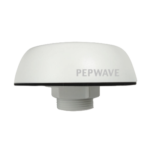
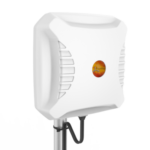
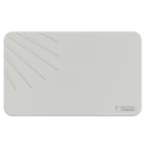
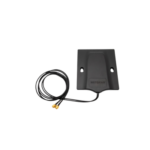
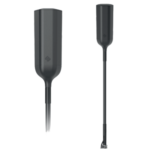

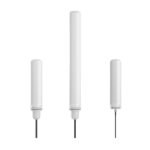
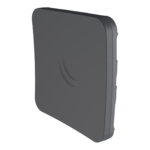
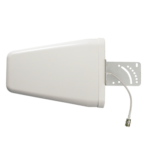











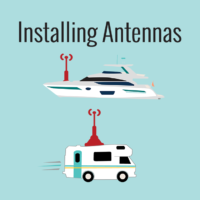
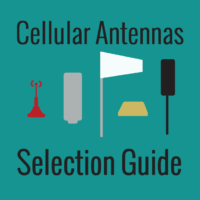
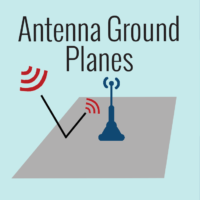
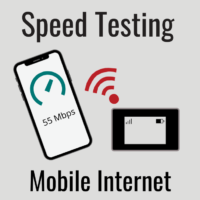
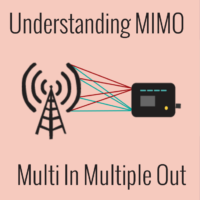
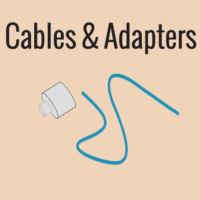






 Mobile Internet Resource Center (dba Two Steps Beyond LLC) is founded by Chris & Cherie of
Mobile Internet Resource Center (dba Two Steps Beyond LLC) is founded by Chris & Cherie of